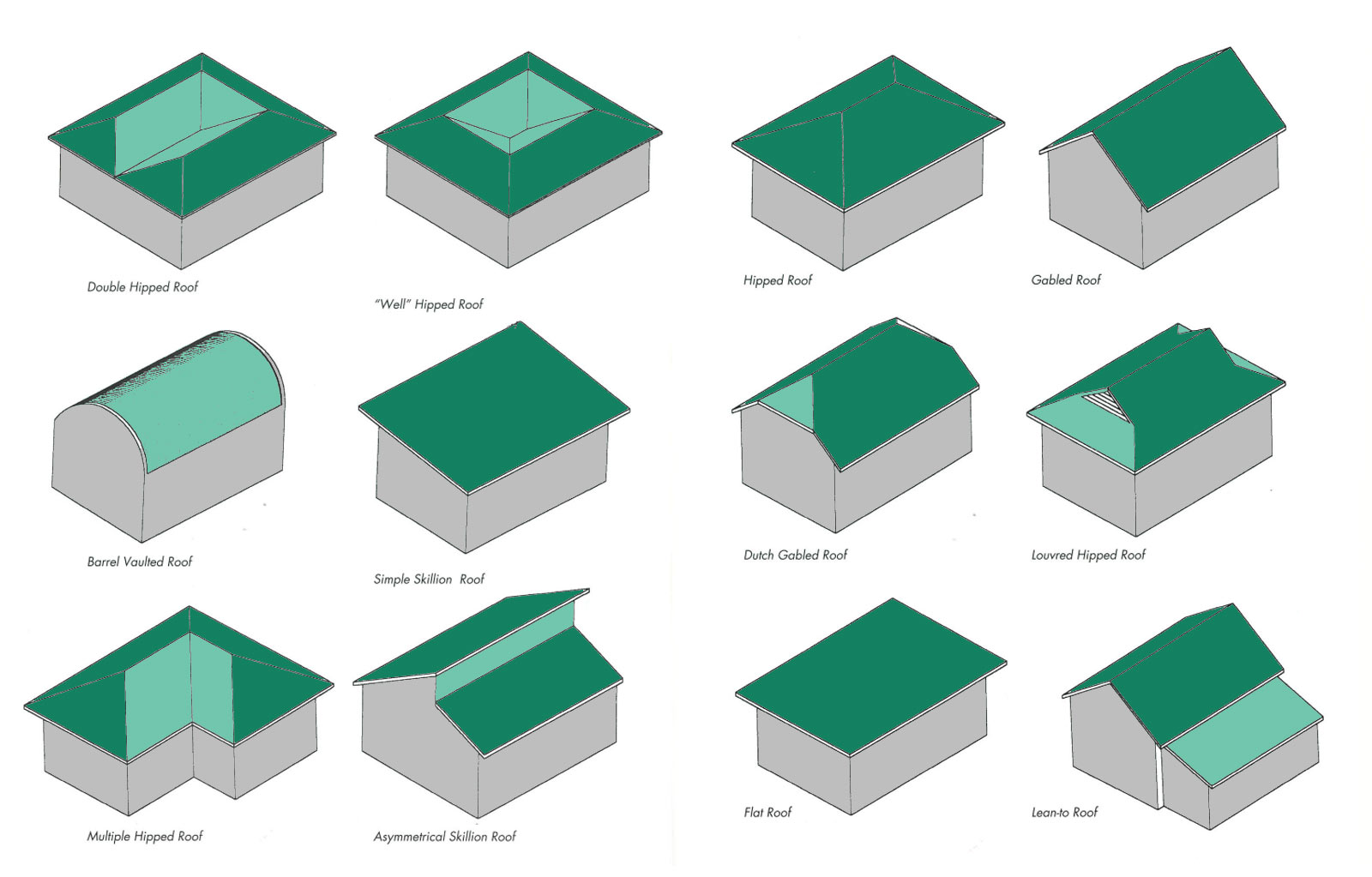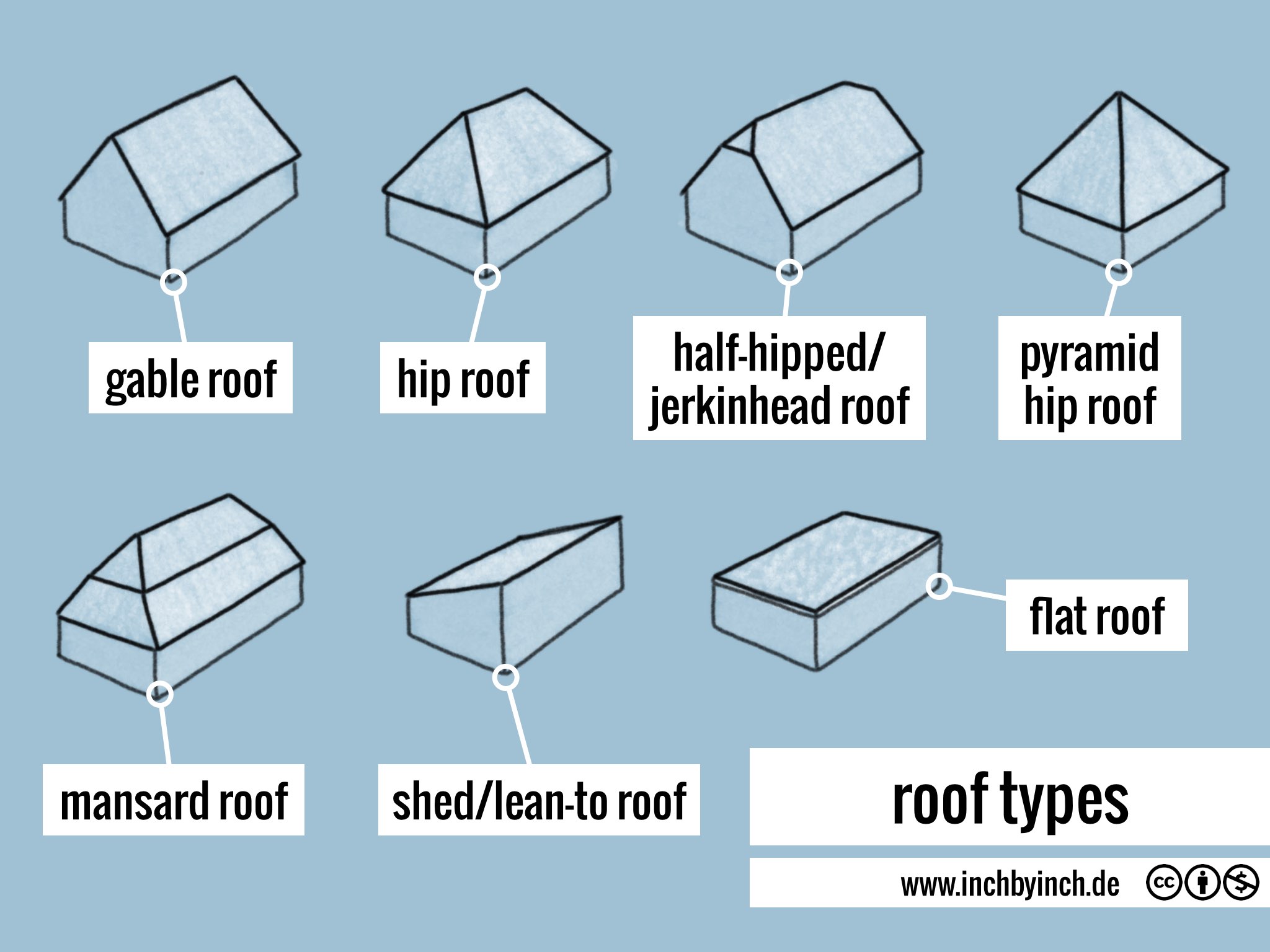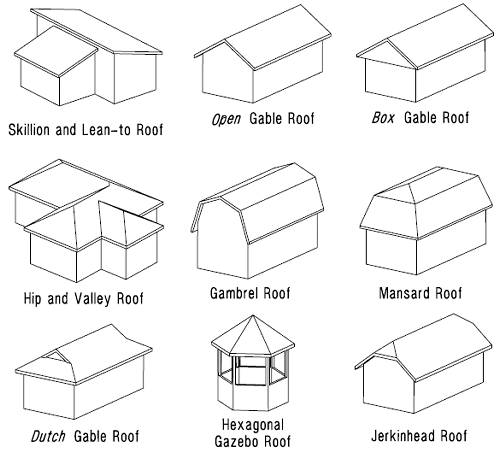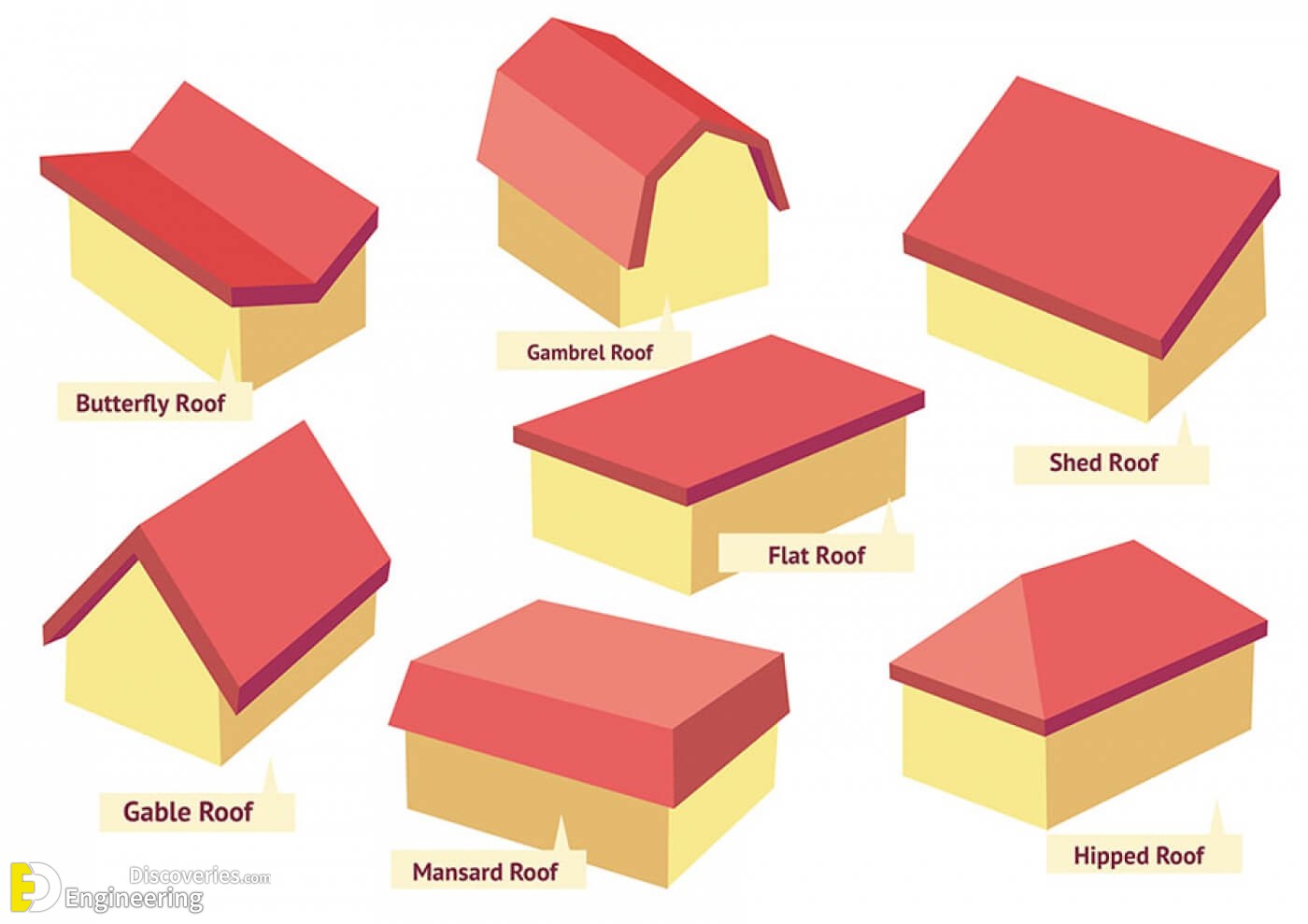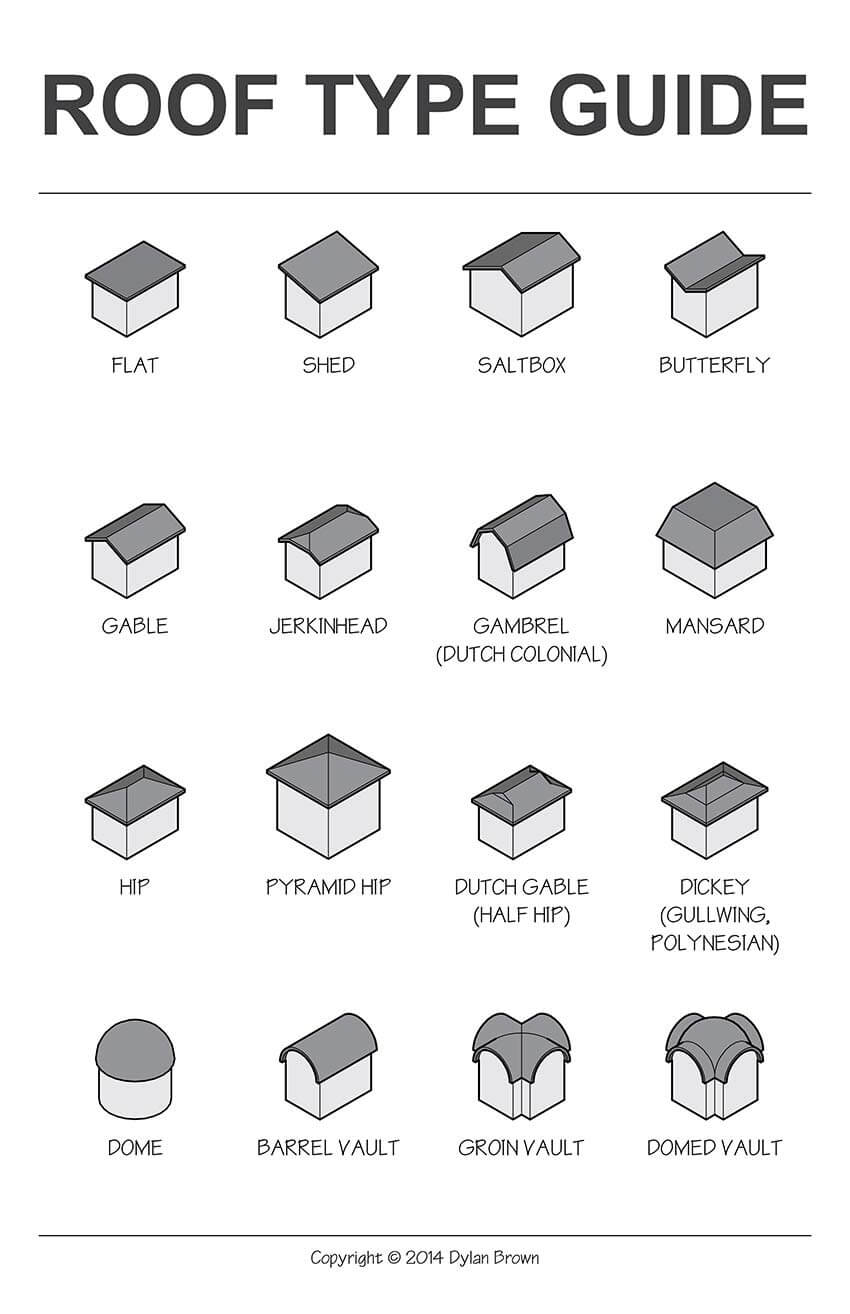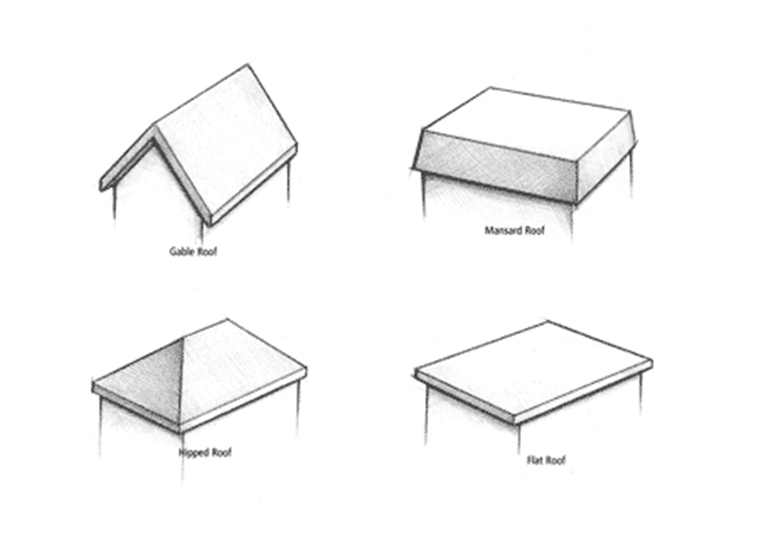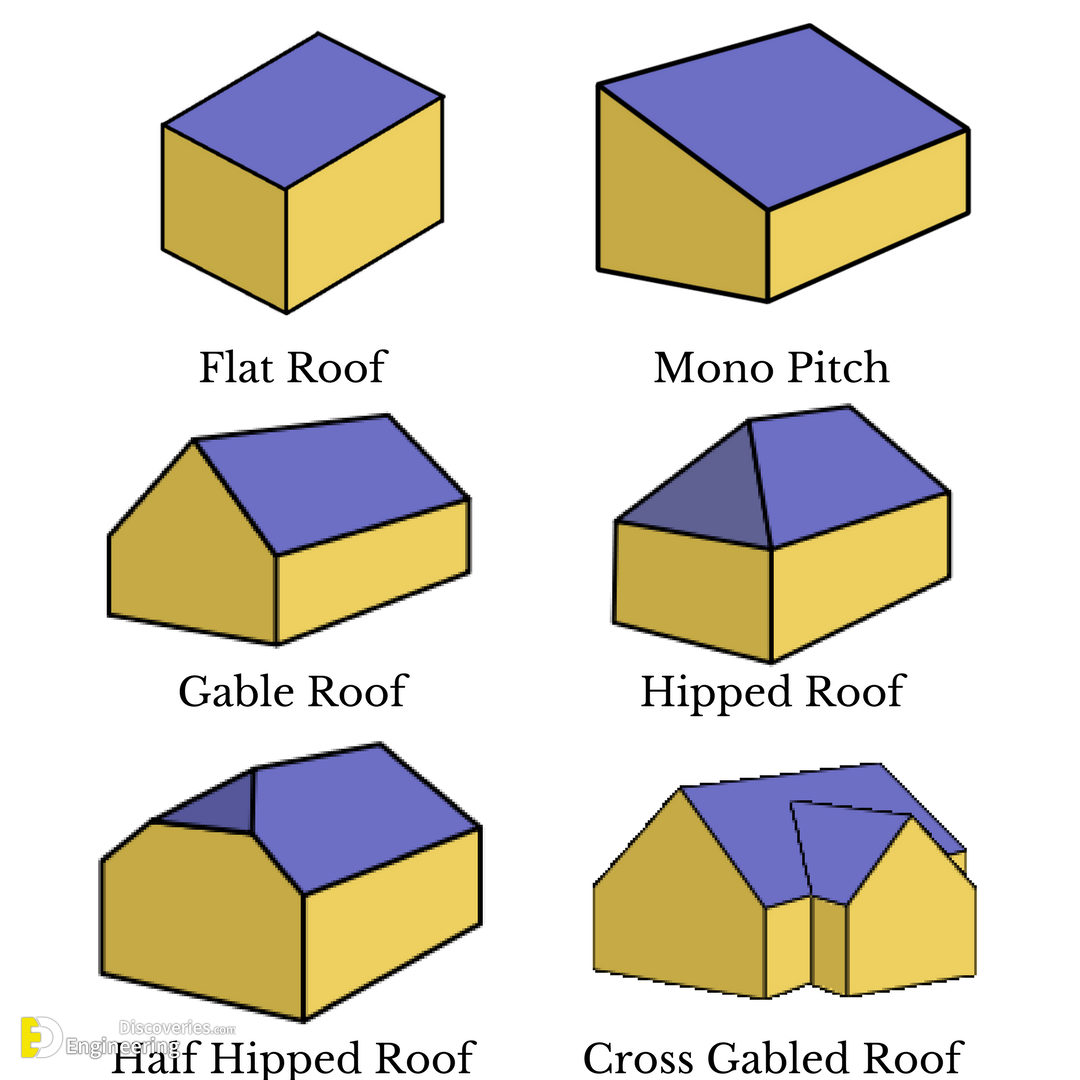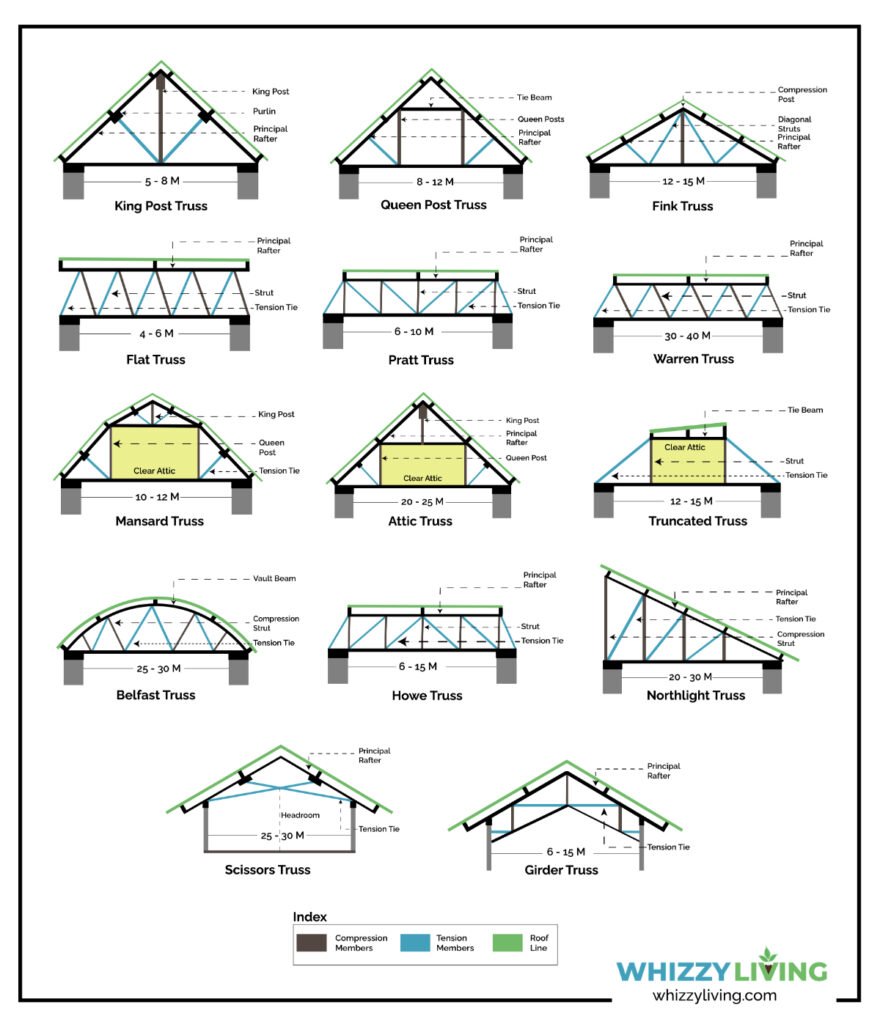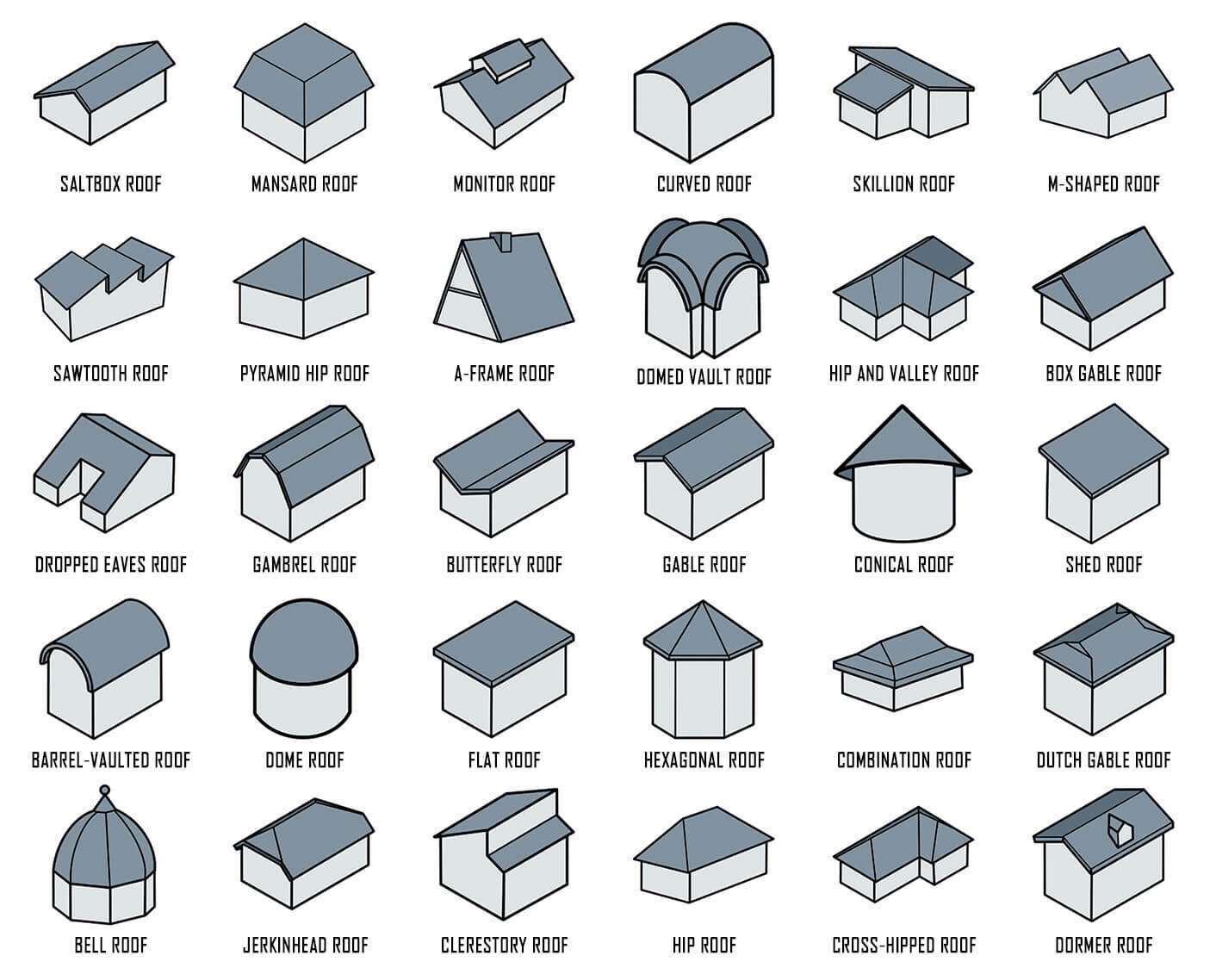Which Is One Of The Three Primary Roof Designs

The roof over our heads is more than just shelter; it's a critical component of a building's structural integrity and aesthetic appeal. Choosing the right roof design is a decision that homeowners and builders grapple with, balancing cost, climate, and desired style. But amidst the myriad of roofing options, certain designs stand out as fundamental building blocks, shaping the architectural landscape.
Understanding these primary roof designs is crucial, as they form the basis for countless variations and adaptations. This article delves into the world of roofing, exploring the three primary roof designs – gable, hip, and flat – examining their characteristics, advantages, and disadvantages, and considering their suitability for different climates and architectural styles.
The Gable Roof: Simplicity and Efficiency
The gable roof is arguably the most recognizable and perhaps the simplest of the primary roof designs. Characterized by two sloping sides that meet at a ridge, forming a triangular shape, the gable roof is a staple in residential architecture.
Its simplicity translates to cost-effectiveness, making it a popular choice for budget-conscious homeowners. The sloping design also provides efficient water runoff, minimizing the risk of leaks and water damage, especially in areas with heavy rainfall.
Furthermore, the pitched roof creates attic space, which can be used for storage or even converted into living space. However, gable roofs can be vulnerable to high winds, particularly if not properly braced or oriented.
Variations and Considerations
There are several variations of the gable roof, including front gable, side gable, and cross-gabled designs. The front gable features the gable end facing the street, while the side gable has the gable end on the sides of the house.
Cross-gabled roofs incorporate multiple intersecting gable sections, adding architectural interest but potentially increasing complexity and cost. When considering a gable roof, it's important to factor in wind resistance, snow load, and the potential for proper ventilation to prevent moisture buildup.
"The gable roof's inherent simplicity and affordability make it a perennial favorite, but it's crucial to ensure it's properly engineered to withstand local weather conditions," says John Smith, a seasoned roofing contractor.
The Hip Roof: Stability and Versatility
The hip roof, characterized by slopes on all four sides that meet at a ridge, offers a more stable and wind-resistant alternative to the gable roof. Its sloped sides provide excellent drainage, and its aerodynamic shape helps it withstand high winds and heavy snow loads.
Hip roofs are often considered more aesthetically pleasing than gable roofs, offering a more refined and balanced look. This design is a good choice for regions prone to hurricanes or strong winds.
However, hip roofs are typically more complex and expensive to build than gable roofs due to the additional framing required. They also offer less attic space compared to gable roofs, which might be a disadvantage for some homeowners.
Design Flexibility
Hip roofs offer a high degree of design flexibility, allowing for variations such as Dutch hip roofs, which incorporate a small gable section on top of the hip for added headroom and light in the attic. The half-hip roof is another version with two sides shortened into hips. The other two are gable.
Hip roofs can also be combined with other roof styles to create unique and visually appealing designs. The choice of roofing material is also important, as the hip roof's multiple slopes can accentuate the texture and color of shingles, tiles, or metal roofing.
The Flat Roof: Modern and Minimalist
The flat roof, despite its name, is not perfectly flat; it has a slight pitch to allow for water runoff. This roof type is commonly found in commercial buildings, modern homes, and arid climates.
Flat roofs offer several advantages, including cost-effectiveness, ease of construction, and the potential for creating rooftop decks or gardens. They also provide a clean, minimalist aesthetic that complements modern architectural styles.
However, flat roofs are prone to water ponding and leaks if not properly designed and maintained. They require a durable, waterproof membrane and regular inspections to prevent water damage.
Materials and Maintenance
Common roofing materials for flat roofs include modified bitumen, TPO (thermoplastic polyolefin), and EPDM (ethylene propylene diene monomer). Proper insulation is critical for flat roofs to minimize heat gain and loss.
Regular maintenance, including clearing debris and inspecting for cracks or leaks, is essential to prolong the lifespan of a flat roof. With proper design and maintenance, flat roofs can be a durable and cost-effective roofing solution.
Looking Ahead: Innovation and Sustainability
The future of roofing is likely to see increased emphasis on sustainability and energy efficiency. Cool roofs, which reflect sunlight and reduce heat absorption, are becoming increasingly popular in hot climates.
Green roofs, covered with vegetation, offer numerous benefits, including improved insulation, reduced stormwater runoff, and enhanced air quality. Solar shingles, which generate electricity from sunlight, are also gaining traction as a renewable energy solution.
As building codes become more stringent and homeowners become more environmentally conscious, the demand for sustainable and energy-efficient roofing options is expected to grow, shaping the evolution of roof design and construction.
